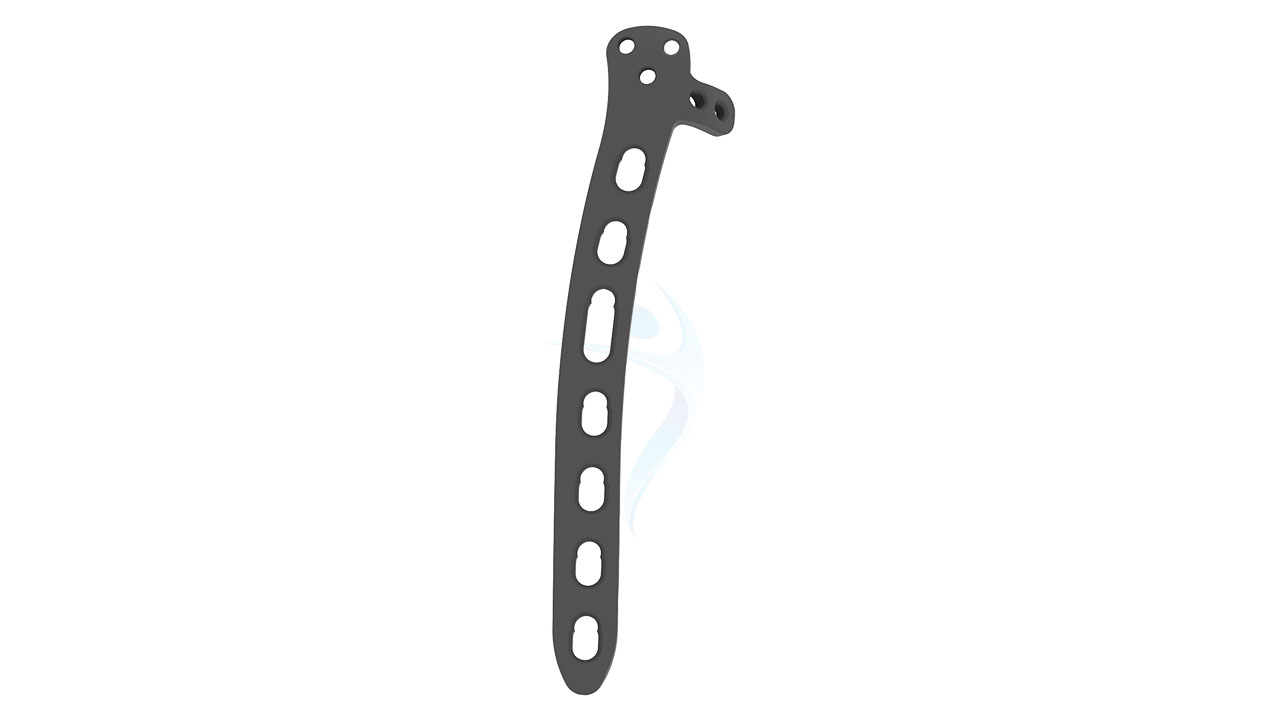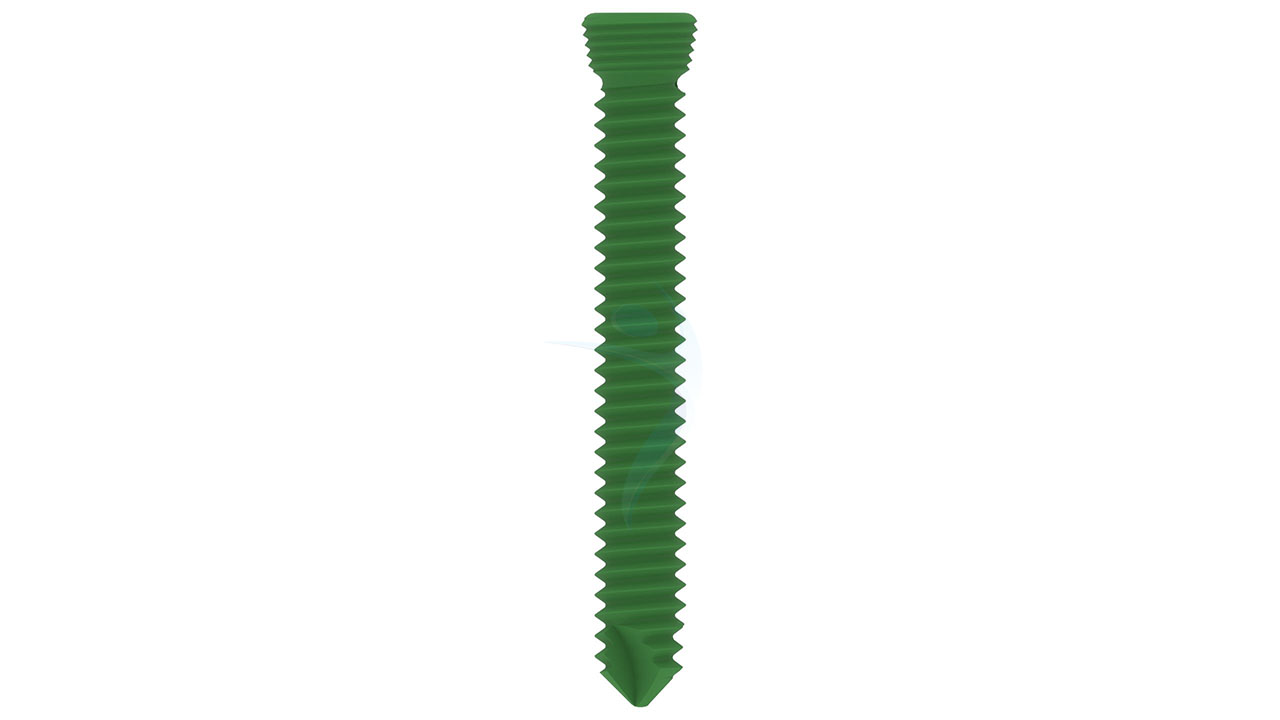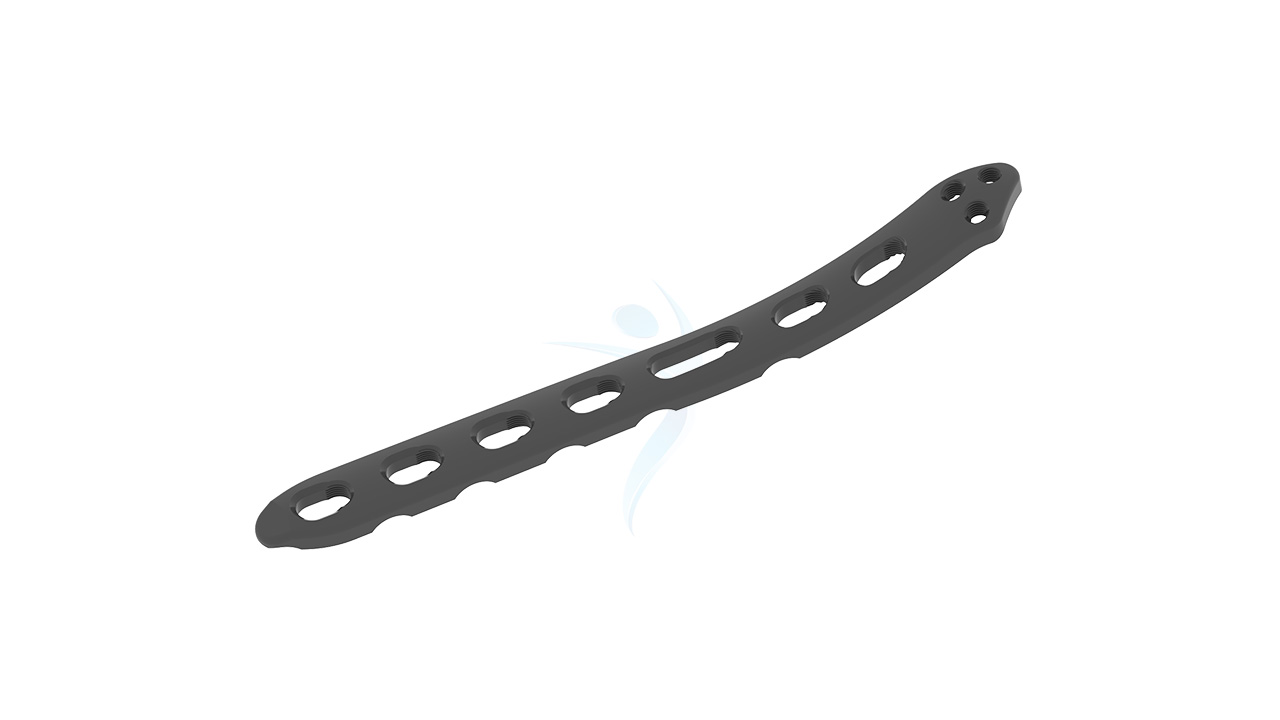Distal Humerus Plate (ASLP)- Posterolateral With Lateral Support
Product Overview
The 2.7/3.5 Distal Humerus - Posterolateral With Lateral Support Plates (ASLP) are innovative orthopedic implants designed to provide robust stabilization and support for fractures, deformities, and other conditions affecting the distal humerus. Specifically engineered for posterolateral fractures with additional lateral support, these implants offer precise anatomical fit and reliable fixation, promoting optimal healing and restoring functionality to the elbow joint. With a combination of strength, versatility, and surgical convenience, these implants represent a cutting-edge solution for orthopedic interventions aimed at restoring elbow joint integrity and improving patient outcomes.









Product Uses
- Fractures of the Distal Humerus : These implants are commonly used to stabilize fractures of the distal humerus, providing support and stability to fractured bone fragments.
- Posterolateral Fractures : Specifically designed for posterolateral fractures of the distal humerus, these plates offer targeted support to the posterior and lateral aspects of the bone.
- Comminuted Fractures : In cases where the distal humerus fracture involves multiple fragmented pieces, these implants help align and stabilize the fractured segments for proper healing.
- Osteotomies and Corrective Surgeries : Orthopedic procedures involving osteotomies or corrective surgeries around the elbow joint can benefit from the stability provided by these plates, facilitating bone realignment and healing.
- Nonunions and Malunions : When fractures fail to heal (nonunion) or heal in an incorrect position (malunion), revision surgery may be necessary, and these plates can aid in realigning and stabilizing the bone fragments.
- Pediatric Elbow Fractures : Children with fractures of the distal humerus or elbow joint, such as supracondylar fractures or epicondylar fractures, may benefit from the stabilization provided by these implants to promote proper healing and growth.
Product Specification
- Material : Typically made of biocompatible materials such as titanium or stainless steel, chosen for their strength, durability, and compatibility with the human body.
- Plate Design : Specifically designed to fit the anatomy of the distal humerus, particularly for posterolateral fractures, with additional lateral support. May feature a pre-contoured shape to match the natural curvature of the bone, aiding in surgical placement and minimizing the need for intraoperative bending.
- Plate Thickness : Available in two thickness options: 2.7 mm and 3.5 mm. The choice of thickness depends on factors such as the patient's bone quality, the severity of the fracture, and the surgeon's preference for stability.
- Plate Length : The length varies depending on the size of the patient's anatomy and the specific requirements of the surgical procedure. Typically extends along the posterior and lateral aspects of the distal humerus to provide comprehensive support and stabilization.
- Screw Holes : Features multiple screw holes along its length, allowing for flexible fixation with orthopedic screws. Strategically positioned to facilitate optimal bone purchase and secure fixation, even in complex fracture patterns.
Distal Humerus Plate - Posterolateral With Lateral Support (ASLP) Sizes
Comprehensive Guide for Distal Humerus Plate - Posterolateral With Lateral Support (ASLP)
- Patient Evaluation : The patient's medical history, including any previous surgeries or medical conditions, is reviewed. Imaging studies such as X-rays, CT scans, or MRI scans are performed to assess the extent of the elbow injury or condition and aid in surgical planning.
- Surgical Planning : The surgeon evaluates the fracture or condition of the distal humerus and surrounding structures. The appropriate size and thickness of the implant are determined based on the patient's anatomy and the specific requirements of the surgical procedure.
- Patient Preparation : The patient receives instructions on pre-operative preparations, which may include fasting prior to surgery, discontinuation of certain medications, and pre-operative skin preparation.
- Consent and Education :The surgeon discusses the planned procedure, potential risks, expected outcomes, and alternative treatment options with the patient. The patient has the opportunity to ask questions and provide informed consent for the surgery.
- Anesthesia : The patient is placed under general anesthesia to ensure comfort and immobility during the surgical procedure. Regional anesthesia techniques may also be used to provide additional pain control during and after surgery.
- Incision : The surgeon makes an incision over the elbow joint, typically along the posterolateral aspect of the arm, to access the distal humerus and the fracture site.
- Fracture Reduction : If the fracture fragments are displaced, the surgeon carefully manipulates them into proper alignment (reduction) to restore normal anatomy and alignment of the elbow joint.
- Plate Placement : The 2.7/3.5 Distal Humerus - Posterolateral With Lateral Support Plates are carefully positioned over the fracture site, with their pre-contoured shape matching the natural curvature of the bone.
- Closure : Once the plates are securely in place and the fracture is stabilized, the incision is closed using sutures or staples. Sterile dressings are applied to the surgical site to promote healing and reduce the risk of infection.
- Recovery Room : The patient is monitored closely in the recovery room as they wake up from anesthesia. Pain management medications are administered as needed to ensure comfort during the initial recovery period.
- Physical Therapy : Depending on the surgeon's recommendations and the patient's condition, physical therapy may begin soon after surgery to promote mobility, strength, and range of motion in the elbow joint.
- Follow-Up Care : The patient will have regular follow-up appointments with the surgeon to monitor healing progress, assess the function of the implants, and remove sutures or staples as needed.
- Activity Restrictions : The patient will be instructed on activity restrictions and proper care of the surgical site to minimize the risk of complications and support optimal healing.
- Long-Term Management : Long-term management may involve ongoing monitoring of the implants, periodic imaging studies, and adjustments to the rehabilitation program as needed.









.png)




